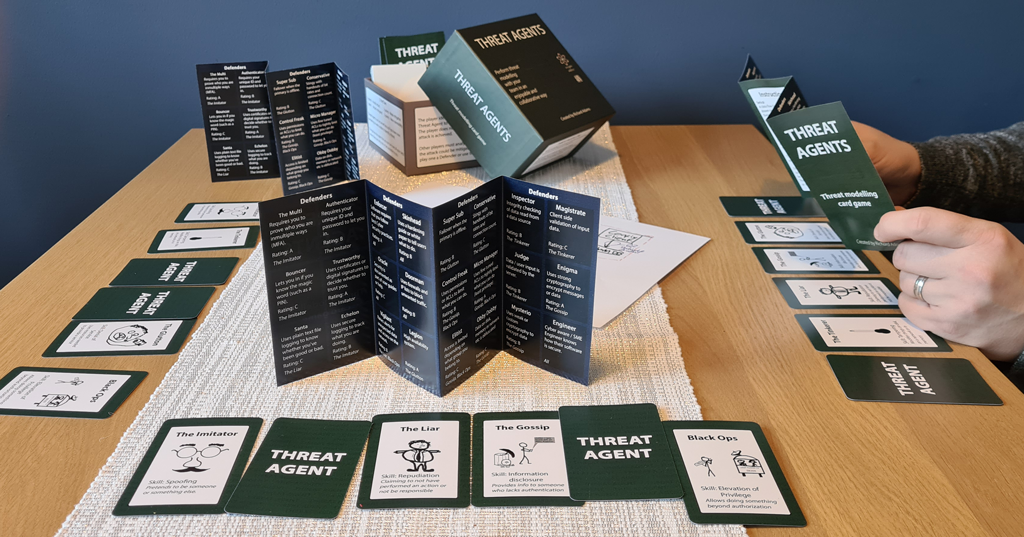Over the past 2 years and the past year in particular I have been learning about cyber security. Whilst I have spoken a lot about threat modeling and even created my own card game (see threatagentsgame.com), I have also been learning a wider area.
I recently took part in a tournament by Secure Flag (courtesy of my work). It was quite interesting to get a more practical learning experience in how a lot of the vulnerabilities that I’d heard about worked in practice. Much of it was focused on coding (not my strong suit) and if it wasn’t for being stumped on a javascript based framework that I hadn’t heard of, let alone used, then I would have got perfect points – so that was pretty cool.
What I most enjoyed was some of the ‘QA’ exercises and also how I was testing my code based exercises. The platform would spin up a VM/container that you can use via the web browser. It would typically contain a browser, Visual Code (aside from QA activities) and Postman. I was then typically using Postman to make my attacks and also write tests to verify the fixed environment.
So why am I wittering about this?
Much of the attacks that I made using Postman, or XSS injection etc, weren’t all that different to testing that I might perform ordinarily. Many people will be testing APIs using Postman and used to inserting “dodgy” values to try and break an API, or web form, therefore is it really a stretch to use SQL injection or XSS injection?
Quickly I’ve learnt that adding some security/pen testing to my toolkit is actually pretty straightforward and not different to typical exploratory/destructive testing that I might perform. In fact some of the actions that I performed were things that I might have done in the past. When, as testers, we try and circumvent the intended rules of the system, we are trying to perform elevation of privilege attacks. When we suspect a crash, we’re performing denial of service attacks. When we try to unleash chaos by meddling with data, we’re performing tampering attacks.
Security testing isn’t some special skill for people with fancy qualifications. It is testing. It is what I do.
Note: If anyone reading this is curious then check out OWASP Juice Shop. It is free and in my brief play with it, it is quite fun!
